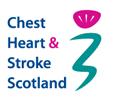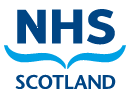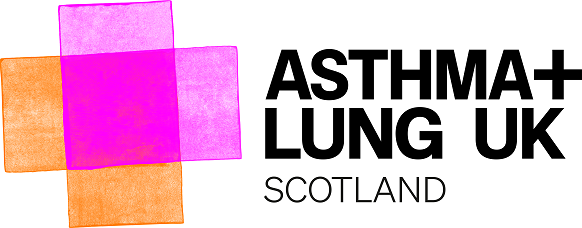Breathing (inhaling and exhaling) involves the breathing muscles, breathing tubes (airways) and air sacs (alveoli). To see how COPD affects the lungs we need to know how the lungs work normally.
Please note there is no audio for this animation.
You have two lungs which sit in your chest. The delicate lungs are surrounded and protected by the bones and muscles of the rib cage and spine. A large muscle called the diaphragm below the lungs moves up and down to push or pull air in and out when breathing The lungs are attached to the rib cage by a membrane called the pleura. This helps to keep the lungs moistened and a suction action helps to inflate the lungs as you breathe in.
The function of your lungs is to breathe in oxygen and breathe out carbon dioxide. You are made up of millions of tiny cells all over your body that need oxygen to work properly. By breathing air in (inhalation) oxygen is sent via your breathing tubes (airways) into your blood stream and to the cells. The cells produce waste in the form of carbon dioxide. This is sent back via your blood stream to your lungs where it is breathed out (exhaled).





